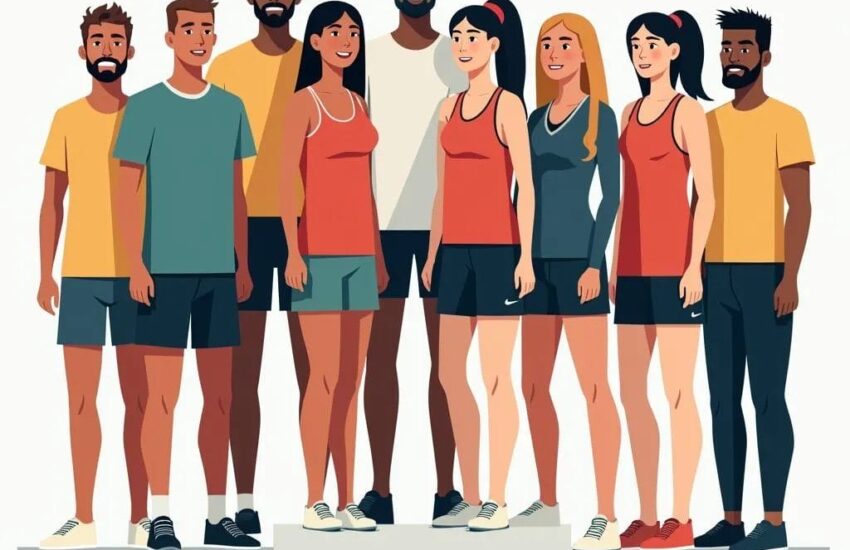Aktivní vzorky soutěže
In today’s fast-paced world, competitions are everywhere. Whether in the workplace, learning environments, or community activities, individuals and teams constantly strive to outperform one another. But what sets apart the winners from the rest? That’s where active competition samples come into play. In this article, we’ll explore the concept of active competition samples, what they entail, and how they can benefit participants, organizations, and society at large.

Understanding Active Competition Samples
Active competition samples are specific instances or examples used to illustrate effective competitive strategies, tactics, and formats. These samples serve as a model for individuals or teams aiming to excel in competitions. The relevance of active competition samples lies in their ability to provide insights, inspire creativity, and enhance performance.
The Importance of Active Samples in Competitions
Active samples play a vital role in competitions for several reasons:
- Learning Tool: Participants can study successful strategies and approaches used by others, helping them refine their techniques.
- Motivation: Seeing how others have succeeded can inspire individuals to strive for excellence in their endeavors.
- Benchmarking: Active samples provide benchmarks against which individuals or teams can measure their progress and success.
Types of Active Competition Samples
1. Case Studies
Case studies highlight real-world examples of competition, detailing what worked and what didn’t. These narratives can span from sports competitions to corporate contests, showcasing diverse strategies and outcomes.
Using Case Studies Effectively
By analyzing case studies, competitors can identify key success factors and pitfalls to avoid. For example, one might refer to a case study of a winning corporate pitch to understand the elements that made it successful.
2. Simulations
Simulations allow participants to engage in a controlled competitive environment where they can practice and refine their skills without the risk associated with actual competitions. Simulations can be digital or physical, helping participants to develop critical thinking and strategic planning abilities.
Benefits of Simulations
Through simulations, participants gain hands-on experience that can translate into improved performance during real-life competitions. It’s a safe space to make mistakes and learn from them.
3. Competitive Events
Participation in competitive events serves as an active sample itself. Each event can provide different lessons and reveal unique challenges faced by competitors, allowing others to grasp the nuances of competition.
Learning from Competitive Events
Competitors can attend or analyze previous events, such as a local talent competition or a corporate hackathon. Observing the dynamics and strategies used by competitors can yield invaluable insights.
Implementing Active Competition Samples in Your Strategy
To leverage active competition samples effectively, individuals and organizations can follow several strategic steps:
1. Identify Relevant Samples
Focus on gathering samples that align closely with your competition’s objectives. This might include sources from similar industries or those that share a common goal.
2. Analyze and Adapt
Once you have gathered your samples, it’s essential to conduct a thorough analysis. Identify elements that can be adapted to your context while discarding irrelevant aspects.
3. Share Knowledge
Facilitate knowledge sharing among team members. Creating a culture of collaboration can help amplify insights gained from studying competition samples.
Conclusion
Active competition samples are invaluable tools that can enhance performance by providing insights, inspirations, and benchmarks for success. By learning from others’ experiences and adapting their strategies, individuals and teams can fuel their competitive spirit and improve their chances of success. Whether through case studies, simulations, or competitive events, the power of these samples lies in their ability to transform competitors into winners.
By integrating active samples into your competitive strategies, you not only improve your individual skills but also contribute to a culture of excellence in your field. The journey towards becoming a top competitor is enhanced by seeking knowledge, experimenting, and learning from each other.
For more tips on competition strategies, check out this resource.
